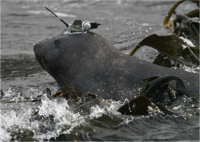
Over 800,000 vertical profiles of Temperature and Salinity have been collected since 2004 in the World Ocean by attaching tags on marine mammals, such as Southern elephant seals.
In this website, you will find information about the marine mammal tagging programs, and an access point to the publicly available databases.
Please let us know if you are using our data. You can contact us by mail to info@meop.net if you have any question.
The MEOP data portal
Content of the website
South Africa
Deploying site:
• Marion Island (Prince Edward Islands)
Supporting institutions:
• the South African National Antarctic Programme
• the Alfred Wegener Institute for Polar and Marine Research
Actors/people involved:
• Nico De Bruyn, Trevor McIntyre, Cheryl Tosh and Marthán Bester (University of Pretoria, Marion Island Marine Mammal Programme),
• Horst Bornemann and Joachim Ploetz (Alfred Wegener Institute, see also Germany group)
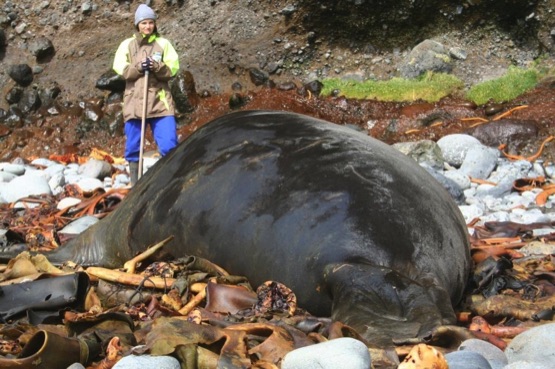
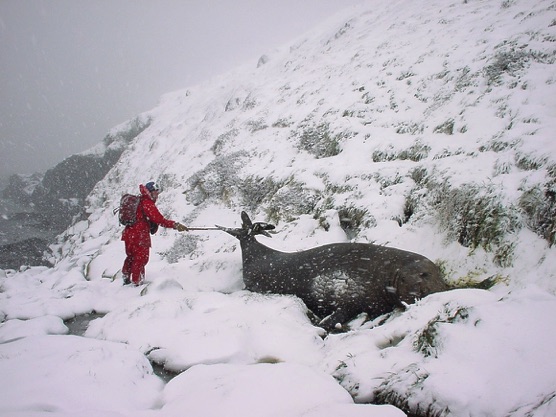
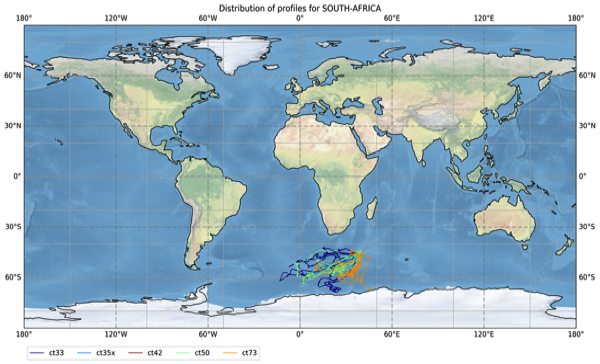

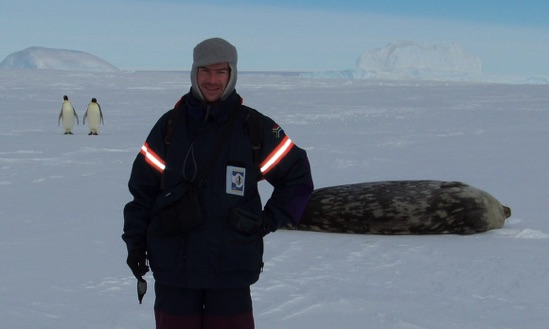
Deployments at Marion Island were done in collaboration with Germany. Two of those deployments (ct35x, ct73) are co-owned by both groups (presented here). A further two deployments (ct54, ct102) were collaboratively done at King George Island. They are presented on the German page.
Presentation of the group:
The southern elephant seal population on Marion Island (46°54’S; 37°45’E) has been extensively studied, particularly by means of a long-term mark-recapture investigation that has been in operation on the island since 1983. While previous studies have deployed some tracking devices on animals from this population, MEOP South Africa, through collaboration with MEOP Germany, aims to gain a better understanding of where seals travel to during their foraging migrations, their diving behaviour during these migrations, as well as the physical properties of water masses utilised by these top predators. Because most elephant seals stay at sea for close to ten months a year, the CTD-profiles obtained by seal-borne instrumentation will provide our oceanographers with virtually year-round data of water conditions in areas that are mostly difficult and expensive to reach by ship.
Nico de Bruyn on Marion Island. Photo: Chris Oosthuizen.
Trevor McIntyre in Atka Bay, Antarctica. Image: Lars Kindermann
Cheryl Tosh with an elephant seal bull.Image: Nico de Bruyn
Marthán Bester checking a southern elephant seal bull for flipper tags (Marion Island, 12 September 2003). Image: Nico de Bruyn

